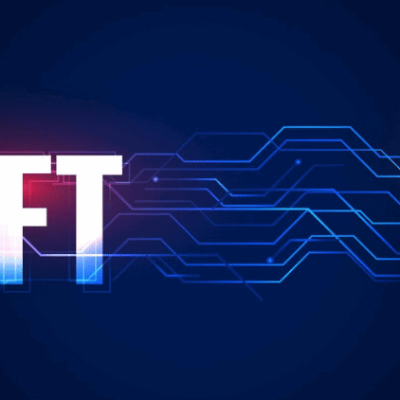
Bank of Italy Governor Fabio Panetta announced guidelines focusing on bank-issued electronic money tokens under new E.U. crypto asset rules to stabilize the payment system.
The Bank of Italy is set to introduce guidance on crypto for financial institutions to clarify the European Union’s rules regarding crypto assets, aiming to safeguard the stability of the payment system, Reuters reports.
Speaking at the Italian Banking Association, Bank of Italy governor Fabio Panetta teased that the E.U.’s Market in Crypto Asset Regulation (MiCAR) regulation, which recognizes electronic money tokens (EMTs) as well as asset-reference tokens (ARTs) for use as means of payment, might go against Italy’s law.
According to MiCAR, issuers of ARTs and EMTs are required to hold the “relevant authorization” to carry out activities in the E.U. The relevant requirements are set out in the Markets in Crypto-assets Regulation (MiCAR) and are complemented by technical standards and guidelines developed by the European Banking Authority. However, Panetta signaled that Italy is likely to allow only EMTs, without giving the green light to ARTs.
“Our assessment is that the only instruments that can fully preserve public trust as means of payment are EMTs, which can be issued by banks or electronic money institutions.”
Fabio Panetta
While Italy’s decision to adopt MiCAR selectively remains unclear, the country is also reportedly considering tougher penalties for crypto-related offenses to combat market manipulation, as proposed legislation aims to impose fines ranging from €5,000 to €5 million ($5,400 to $5.4 million) for offenses like insider trading and unauthorized disclosure of inside information.
The decree assigns oversight of crypto activities to the Bank of Italy and market regulator Consob, empowering them to maintain financial stability and ensure market orderliness.
In early 2023, the Bank of Italy emphasized the need for a strong and risk-based regulatory framework surrounding stablecoins, aiming to avert a potential worst-case scenario of a destabilizing “run” on these digital assets. The financial regulator particularly highlighted the need for regulatory attention, particularly towards stablecoin issuers, due to their close ties with decentralized finance.





